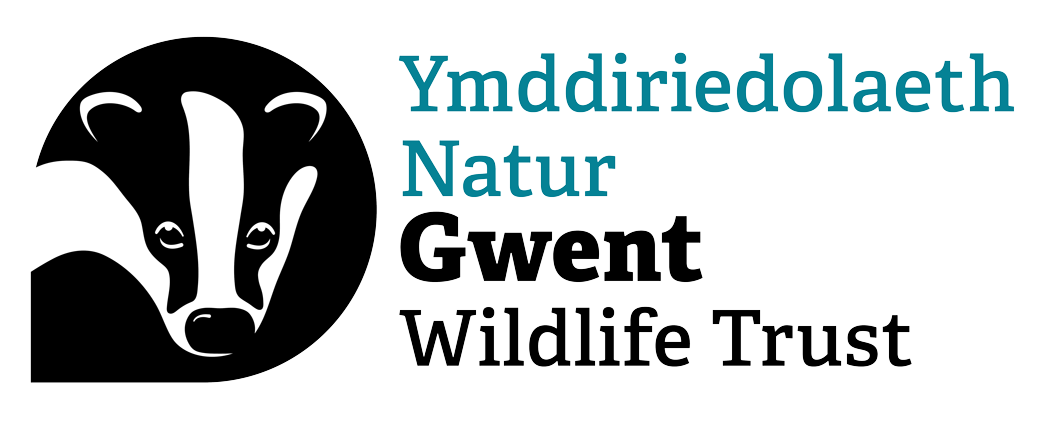Search
Chwilio
Amdanom Ni
Rattle, rattle
If you’ve been trying to make your garden more wildlife-friendly though the official #NoMowMay, and its unofficial sequel #DoItSoonJune, then the appearance of a scruffy little yellow flower is…
My vocation
Always fascinated by wildlife, Sophie has pursued a career in nature conservation through formal education and traineeships.
She now works as an ecologist, working to conserve Herefordshire’…
Bank vole
The chestnut-brown bank vole is our smallest vole and can be found in hedgerows, woodlands, parks and gardens. It is ideal prey for owls, weasels and kestrels.
Blackbird
A much-loved garden bird, the blackbird is famous for its harmonious song. In winter, our resident birds are joined by migrants from Scandinavia and the Baltics.
Goldcrest
A king among birds, the goldcrest displays a beautiful golden crown. Our smallest bird, it can be spotted in conifer woodlands and parks across the UK.
Variegated scallop
The shells of this small scallop are often found washed up on our shores and comes in lots of different colours, including pink, red, orange and purple.!
Upland spring, flush and fen
These tiny habitats, the source of our streams and rivers, are fundamental to the well-being of whole water catchments.
The Life on Marsh festival is taking place this weekend.
A wildlife and heritage mini-festival to celebrate all the wildness and wonders of the Gwent Levels takes places this Saturday, (July 13) from 12pm until 6pm at Gwent Wildlife Trust’s Magor Marsh…
Fat hen
Fat hen is a persistent 'weed' of fields and gardens, verges and hedgerows. But, like many of our weed species, it is a good food source for birds and insects.
Great spotted woodpecker
The 'drumming' of a great spotted woodpecker is a familiar sound of our woodlands, parks and gardens. It is a form of communication and is mostly used to mark territories and to display…
